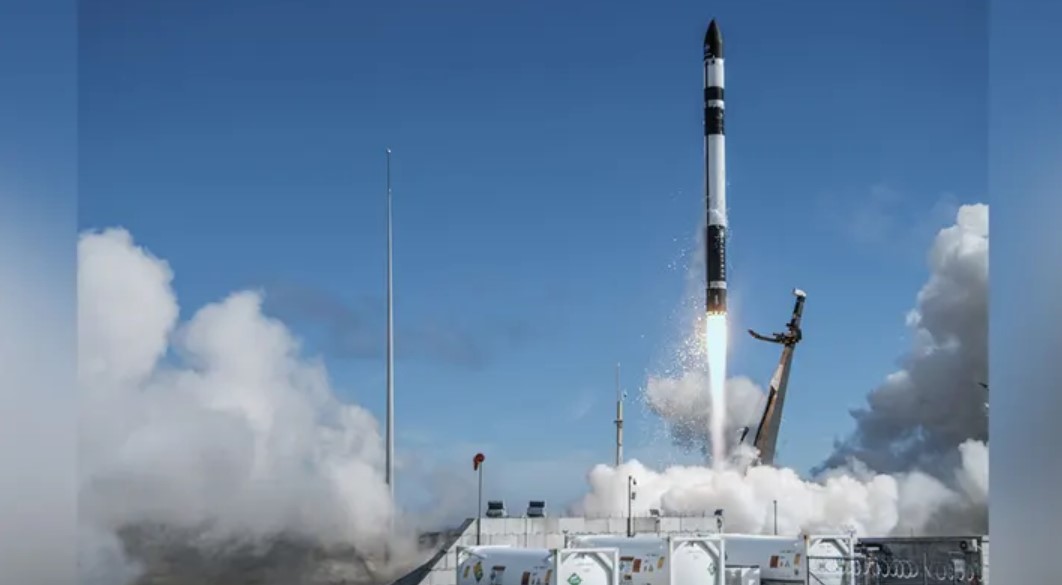
In the ever-evolving digital landscape, where cyber threats loom large and data breaches are a constant worry, IBM has stepped up its game with the introduction of a new suite of AI-powered solutions aimed at fortifying cybersecurity measures. These solutions are designed to tackle the increasing menace of cyberattacks, particularly the threat of ransomware, which has become a significant concern for organizations worldwide.
Ransomware attacks have the potential to cripple systems, block user access, and demand hefty ransoms, making them a top priority in the realm of IT security. IBM’s latest offerings are engineered to detect such threats earlier and with greater accuracy, giving organizations a fighting chance against these malicious incursions.
At the heart of IBM’s technological advancements is the fourth-generation FlashCore Module technology, now a key component of the IBM Storage FlashSystem products. This cutting-edge technology utilizes AI-based sensors that provide early warnings to IT teams about potential cyber threats, fostering a proactive stance towards data protection.
Storage Defender software
The IBM Storage FlashSystem products are further enhanced with machine learning models that scrutinize data streams in real-time, identifying unusual patterns that could indicate a ransomware attack or other cyber threats. This capability allows for immediate action to be taken to avert potential security breaches.
IBM’s upgraded Storage Defender software is another critical piece of the puzzle, offering a robust data resilience strategy that can be scaled to fit various IT environments. The software’s AI-driven sensors are fine-tuned for rapid and accurate detection of threats, ensuring that organizations are alerted promptly to any signs of danger.
Integration is a key focus for IBM, with the Storage Defender software built to work seamlessly with other IBM Storage and Security solutions, as well as with third-party data platforms. This interoperability fosters a unified and formidable defense strategy across an organization’s entire IT infrastructure.
But IBM’s solutions don’t just stop at threat detection; they also emphasize recovery. The systems are equipped to create immutable backup copies, which are essential for restoring systems after a breach. Additionally, automated recovery processes are in place to enable organizations to bounce back quickly from an attack, minimizing downtime and associated costs.
IBM’s AI-enhanced data resilience solutions represent a comprehensive approach to cybersecurity. By integrating the latest FlashCore Module technology with the IBM Storage FlashSystem products and enhancing the IBM Storage Defender software, IBM provides organizations with the tools they need for early threat detection, robust data protection, and rapid recovery following cyberattacks. As cyber threats become increasingly complex, IBM’s commitment to innovation in data resilience offers organizations a proactive defense in the ongoing fight against cybercrime.
Understanding Cyber Threats and Ransomware
The introduction of these AI-enhanced solutions by IBM is timely, as the digital world continues to grapple with the reality of sophisticated cyber threats. Organizations are in dire need of advanced technologies that can not only detect but also predict and prevent potential cyberattacks before they wreak havoc. IBM’s new suite of tools is a step in that direction, offering a blend of early detection capabilities and recovery options that can help maintain business continuity in the face of cyber adversity.
The use of AI and machine learning in cybersecurity is a reflection of the growing trend towards intelligent, automated systems that can keep pace with the speed and complexity of modern cyber threats. IBM’s approach to integrating these technologies into their storage and security solutions demonstrates a forward-thinking strategy that could set a new standard for data resilience in the industry.
As organizations continue to navigate the challenges of protecting their data and IT infrastructure, solutions like those offered by IBM will become increasingly valuable. The ability to quickly recover from an attack is just as important as preventing one, and IBM’s focus on both aspects of cybersecurity positions them as a leader in the field.
IBM’s AI-Powered Cybersecurity Innovations
The digital world is a battlefield, and cyber threats are the enemy. With IBM’s new AI-powered solutions, organizations have access to an arsenal of tools designed to detect, defend, and recover from cyberattacks. As the fight against cybercrime intensifies, these technologies will play a crucial role in ensuring the safety and security of digital assets. IBM’s latest innovations are a clear indication that the company is dedicated to providing cutting-edge solutions to one of the most pressing issues facing organizations today.
Cyber threats are malicious activities that aim to damage or steal data and disrupt digital life. Ransomware, a type of malware, is particularly dangerous because it encrypts a victim’s files and demands payment for the decryption key. These attacks can paralyze essential services and businesses, leading to significant financial losses and damage to reputation. The sophistication of ransomware tactics has grown, with attackers using more advanced methods to infiltrate systems. As a result, organizations must enhance their cybersecurity measures to detect and respond to these threats swiftly.
IBM’s Storage Defender
IBM’s introduction of AI-powered solutions is a significant step in the fight against cyber threats. At the core of these advancements is the fourth-generation FlashCore Module technology, which is integrated into IBM Storage FlashSystem products. This technology employs AI to monitor and analyze data patterns, enabling the early detection of potential threats, including ransomware. By using machine learning algorithms, the system can identify anomalies in data streams that may signify a cyberattack, allowing IT teams to take preemptive measures to protect their digital assets.
IBM’s Storage Defender software plays a vital role in strengthening an organization’s data resilience strategy. It uses AI-driven sensors for quick and precise threat detection, which is crucial for timely alerts to potential risks. The software is designed to scale across different IT environments, ensuring that businesses of all sizes can benefit from robust cybersecurity.
Furthermore, IBM emphasizes not only threat detection but also recovery. The creation of immutable backup copies and automated recovery processes are essential features that help organizations recover from cyberattacks, reducing downtime and operational losses. IBM’s comprehensive approach to cybersecurity, combining early detection with strong defensive measures and efficient recovery options, provides a well-rounded defense against the evolving landscape of cyber threats.
Filed Under: Technology News, Top News
Latest timeswonderful Deals
Disclosure: Some of our articles include affiliate links. If you buy something through one of these links, timeswonderful may earn an affiliate commission. Learn about our Disclosure Policy.


